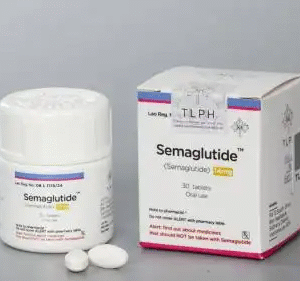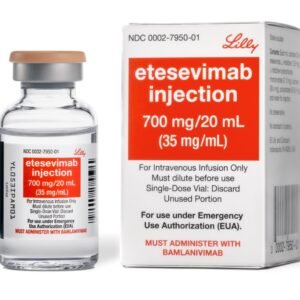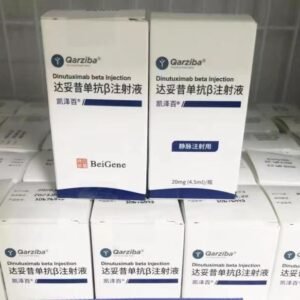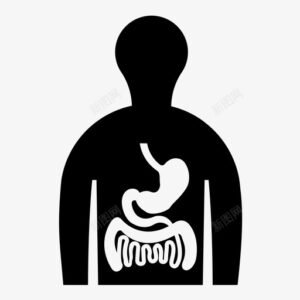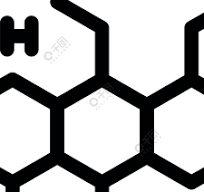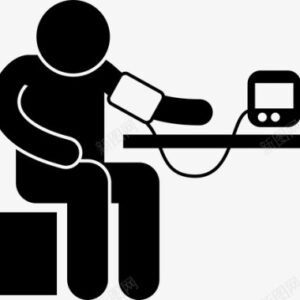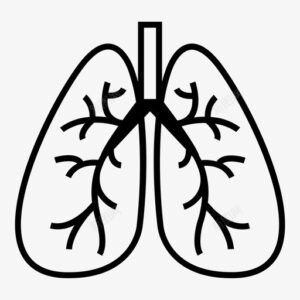Rifabutin Capsules.
Function and indication:
Combined with other anti-tuberculosis drugs for diseases caused by mycobacterial infection such as tuberculosis and avian-intracellular mycobacterium complex (MAC) infection.
Usage and dosage:
The dosage and usage of different dosage forms and specifications of this product may vary. Please read the specific drug instructions for use, or follow the doctor’s advice. Rifabutin capsules: Oral, 0.15g-0.3g each time; once a day. Recommended dose: 1. MAC infection: 0.3g, once a day. If there is gastrointestinal discomfort such as nausea and vomiting, it can be changed to 0.15g/time, 2 times/day. Taking the medicine while eating can reduce gastrointestinal reactions. 2. Tuberculosis: 0.15g-0.3g/time, once a day. 3. Severe renal insufficiency (creatinine clearance <30ml/min): halve the dose. Please use the medicine under the guidance of a doctor.
Adverse reactions:
1. Foreign clinical studies have shown that rifabutin capsules have good tolerance. 16% of patients in the rifabutin group discontinued treatment due to adverse reactions, while 8% in the placebo group. The main reasons for discontinuing rifabutin were: rash (4%), poor gastrointestinal tolerance (3%), and neutropenia (2%). 2. The following table lists adverse reactions with an incidence greater than or equal to 1% in patients treated with rifabutin. (See instructions for details) 3. Adverse reactions with an incidence of less than 1% in the rifabutin group: Comprehensive analysis of the data obtained in clinical studies shows that rifabutin may be the main cause of the following adverse reactions (although the incidence of these adverse reactions is less than 1%): influenza-like symptoms, hepatitis, hemolysis, arthralgia, myositis, chest tightness or pain accompanied by dyspnea, and skin discoloration. 4. Among patients taking rifabutin, one or more of the following adverse reactions occurred, but no corresponding etiology was established: epileptic seizures, skin paresthesia, aphasia, confusion, and nonspecific T wave changes on the electrocardiogram. It is reported that when the oral rifabutin dose reaches 1050-2400 mg/day, systemic joint pain and uveitis are observed. These adverse reactions disappear after discontinuation of the drug. 5. The incidence of neutropenia in patients taking rifabutin is significantly higher than that in the placebo group (p=0.03). Although the incidence of thrombocytopenia in the rifabutin treatment group is very low, rifabutin is directly related to thrombocytopenia in very few cases. In clinical trials, one patient developed thrombotic thrombocytopenia purpura due to taking rifabutin. When rifabutin 300 mg/day is used alone to prevent MAC in HIV-infected people, even when combined with fluconazole and/or macrolide antibiotics, uveitis rarely occurs. However, the incidence of uveitis will increase when high-dose rifabutin is used in combination with the above drugs. 5. Patients with mild to severe symptoms of uveitis can be treated with corticosteroids and/or mydriatic eye drops, but some severe cases may not disappear until several weeks later. 6. When uveitis occurs, it is recommended to temporarily stop taking rifabutin and undergo an ophthalmological evaluation. For most mild cases, rifabutin can be restarted, however, if symptoms recur, rifabutin must be discontinued.
Contraindications:
Patients who are allergic to rifabutin and other rifamycins are contraindicated.
Share:
Products
Our offers
Health Classification
Let us work together to protect precious health


